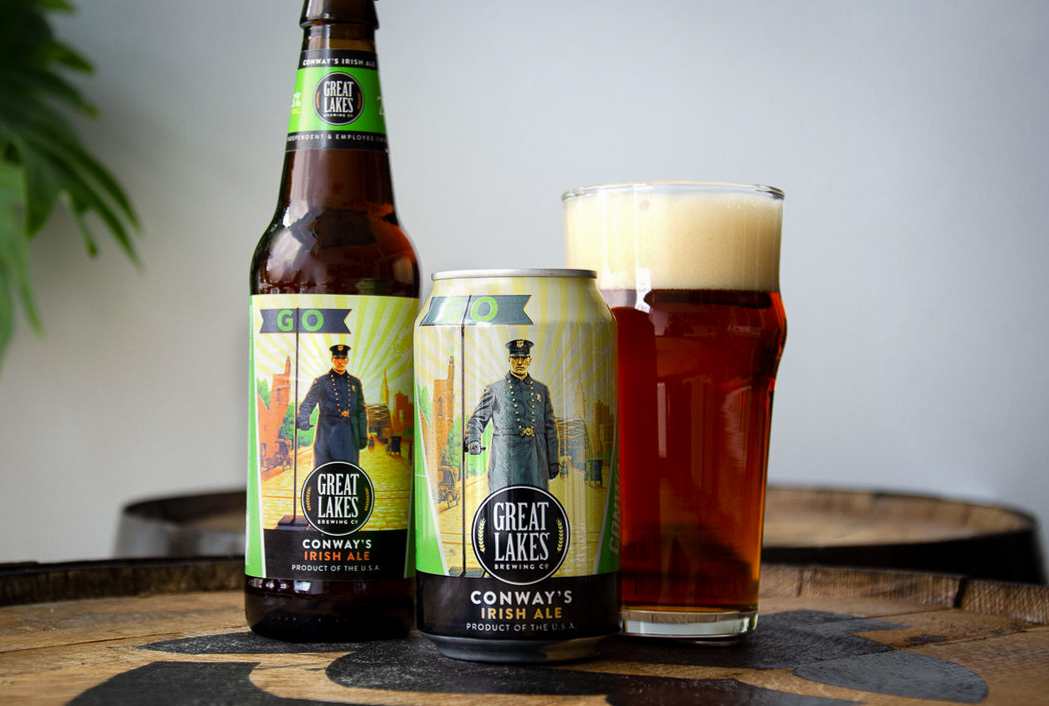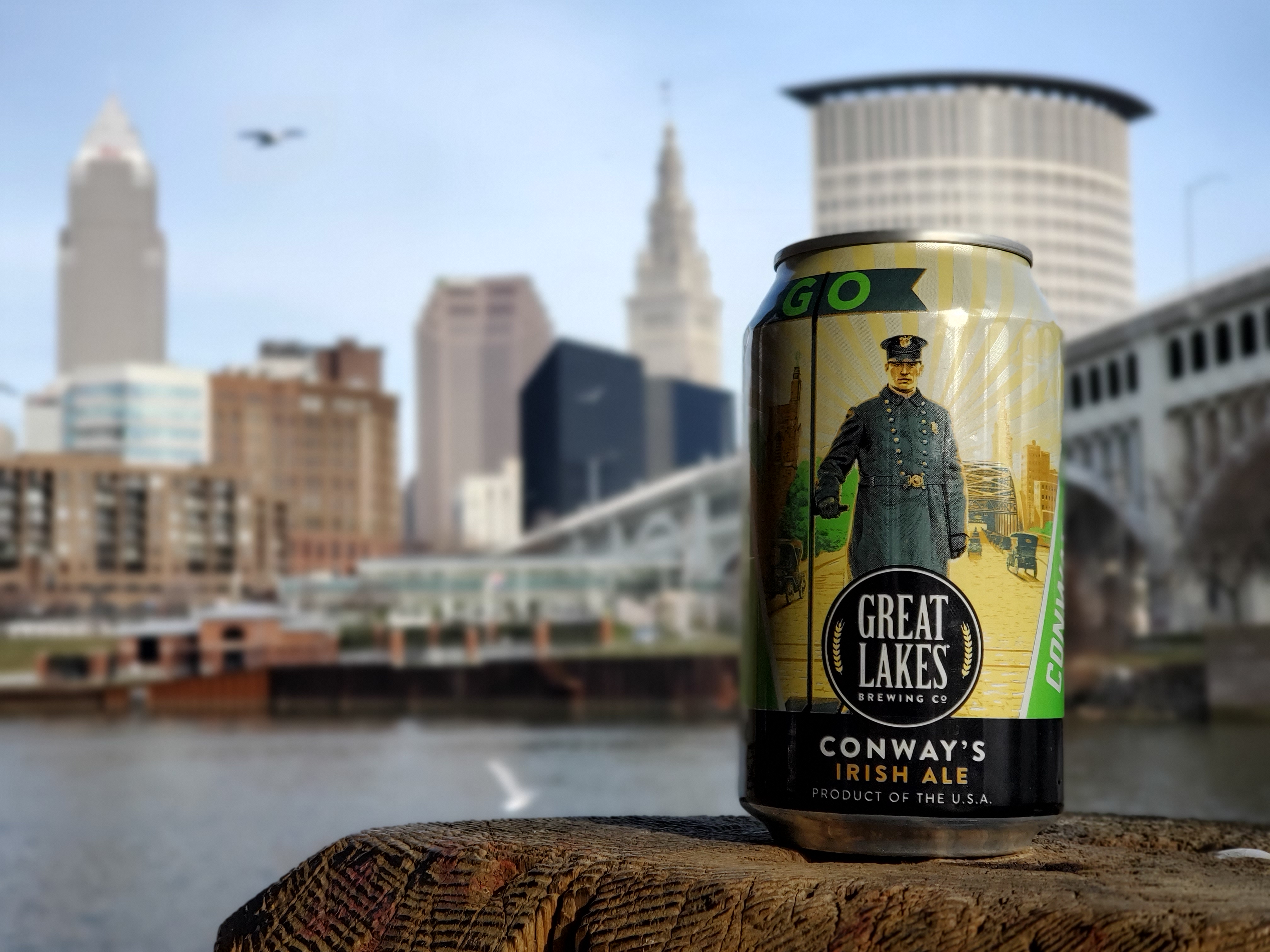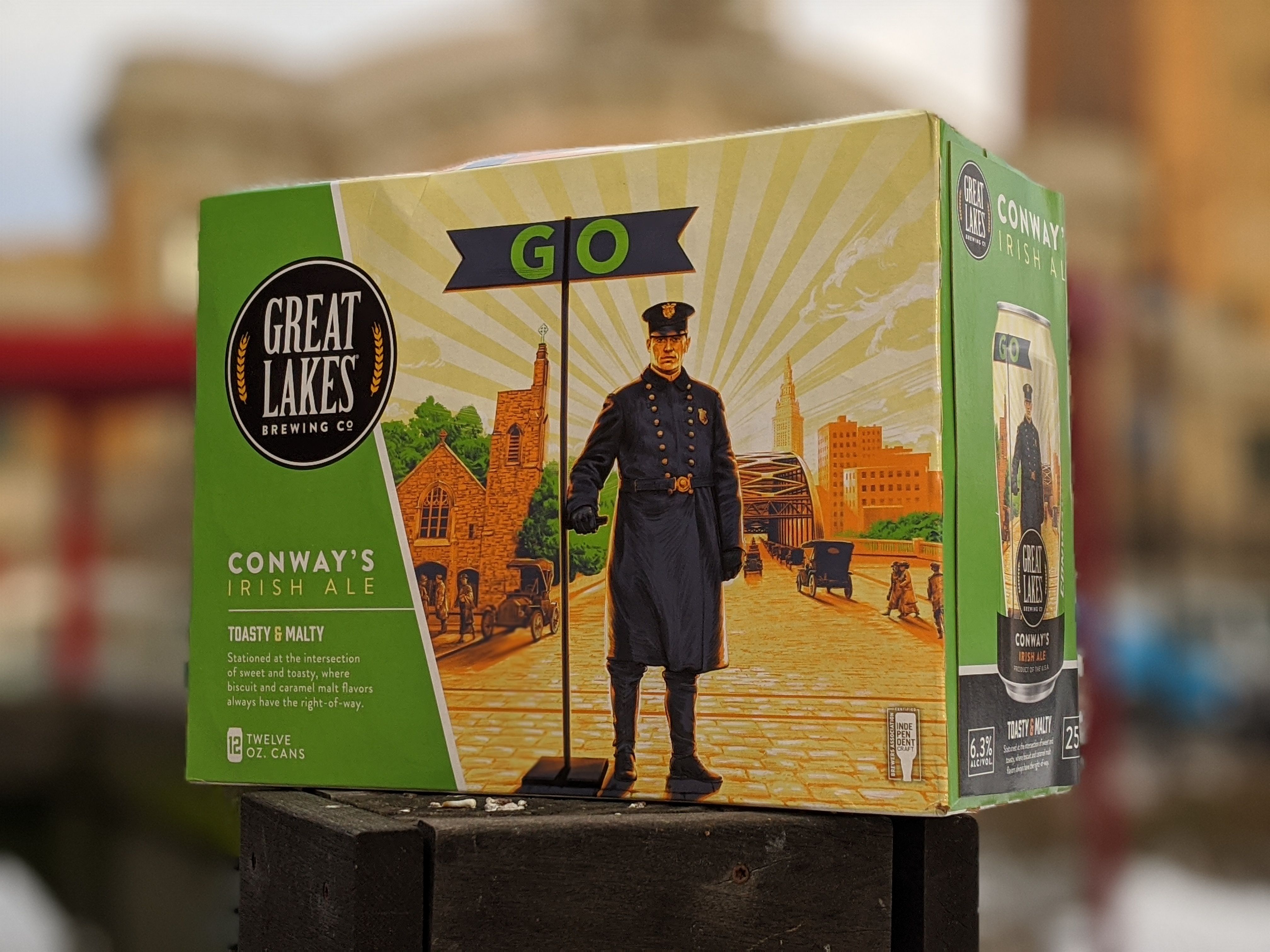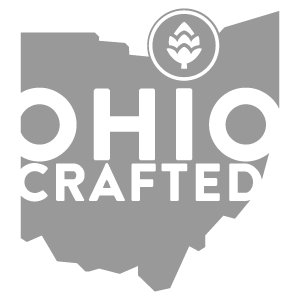
Simply Perfect: The History of Irish Red Ales
Sticky molasses. Juniper berries. Fresh oysters. Shagbark hickory.
Today’s brewer knows that the most daring and eclectic ingredients are no longer reserved for the kitchens of modern restaurants. From sweet cascara to briny seaweed, our brewers are no strangers to adding the unlikeliest of culinary elements to their brews. In the pursuit of brewing innovation and experimentation, nothing is off the table.
But brewing with a cornucopia of diverse ingredients is a relatively new luxury for brewers. A look at history shows us that many major innovations in brewing were not born out of choice, but out of necessity.
“For a long time, what you brewed was dictated by where you were and what was available to you,” says Michael Williams, GLBC's "Beer Professor" and Advanced Cicerone®. “And for Irish brewers, that often wasn’t much.”
And therein lies the beauty of Conway’s Irish Ale, a tried and true favorite that does a whole lot with just a little. We sat down with Michael to learn more about the origin of Irish Red Ales and why keeping things simple is what makes Conway’s Irish Ale simply perfect.

Ireland has a pretty rich brewing history, no?
Well, yes and no. The earliest known record of Irish beer is what was known as beoir, which is simply Gaelic for beer. Beer in Ireland is believed to have been brewed since the Bronze Age. At the same time, like Scotland, Ireland has a greater connection to spirits, especially whiskey, than beer.
Why is that?
Partly because of its climate. Ireland is a tough place to grow hops due to its cool year-round temperatures, so Irish beers often had to be flavored with imported Flemish hops which were cheap at the time. In 1733, a ban on such imports forced Irish brewers to purchase more expensive hops from England. This made things tough on the economically strapped brewers, so sometimes they’d skip hops altogether and use indigenous herbs, à la the gruits of old.
Even as beer’s popularity rose throughout the region, politics, wars, and barley famines all played roles in making life expensive for the Irish brewer.
How did Irish brewers adapt?
They relied on their own ingenuity to making brewing more affordable. For example, the original modern Irish beer is the Irish Stout (think Guinness, or our pub exclusive Wolfhound Stout). Technical advancements in 19th century malting helped create the very intense black patent malt which allowed Irish brewers to make beer with much less malt, at a significantly lower cost. But then they added their own innovation, and instead of using black patent malt, they just roasted their own unmalted barley. Roasted barley adds color and flavor without the additional expense that comes from the labor and storage required for malting.

How did the Irish Red Ale come to be?
Irish brewers applied their innovations to produce their take on Bitter, a style that was lighter, refreshing, and wildly popular in England during the latter part of the 19th century. Though the Irish Stout was a household name, the Irish still sought their own full flavored yet light and drinkable beer.
So, instead of using the more expensive caramel malts typically used in Bitter, they used their roasted barley to achieve the color and flavor they were looking for. It all resulted in a reddish hued beer with a pleasant toasted malt flavor and a quenchingly dry finish.
What can you expect with a good Irish Red Ale?
It’s got to be a quaffable pint! Though it’s a beer with moderate body, it’s smooth and drinkable with notes of toast, bread crust, and sometimes even a light caramel flavor. I’ve always loved the raisin and toffee character in Conway’s. It’s a decidedly American take on a traditional Irish staple, but we take inspiration from our Irish brethren’s simple brewing practices to achieve a nuanced and complex flavor with only two types of malt. It’s simply delicious.
Conway’s Irish Ale is available now wherever GLBC beer is sold. Use our Beer Finder to find some near you!
Get the latest updates on what we’re brewing by subscribing to Much Abrew, and by following us on Facebook, Instagram, and Twitter.
Words by Adam Ritterspach









